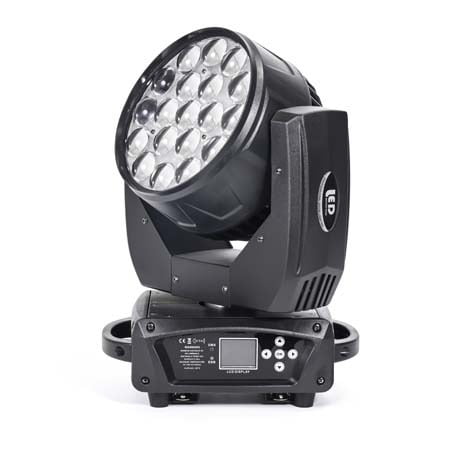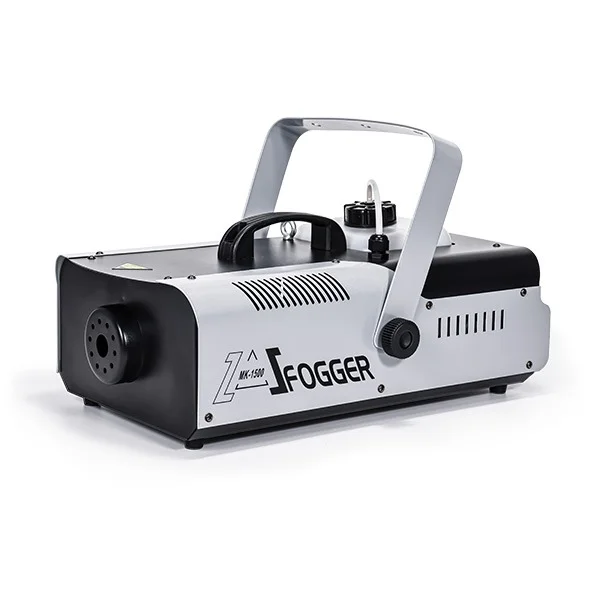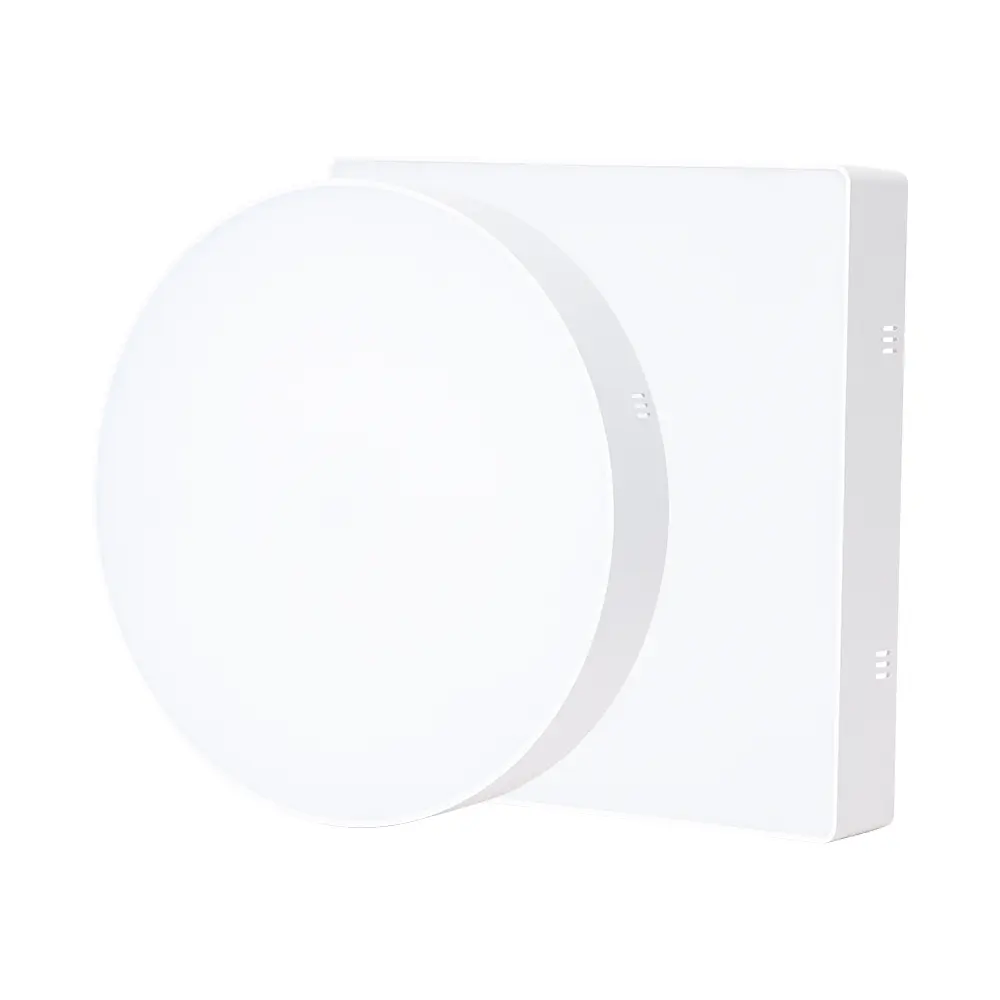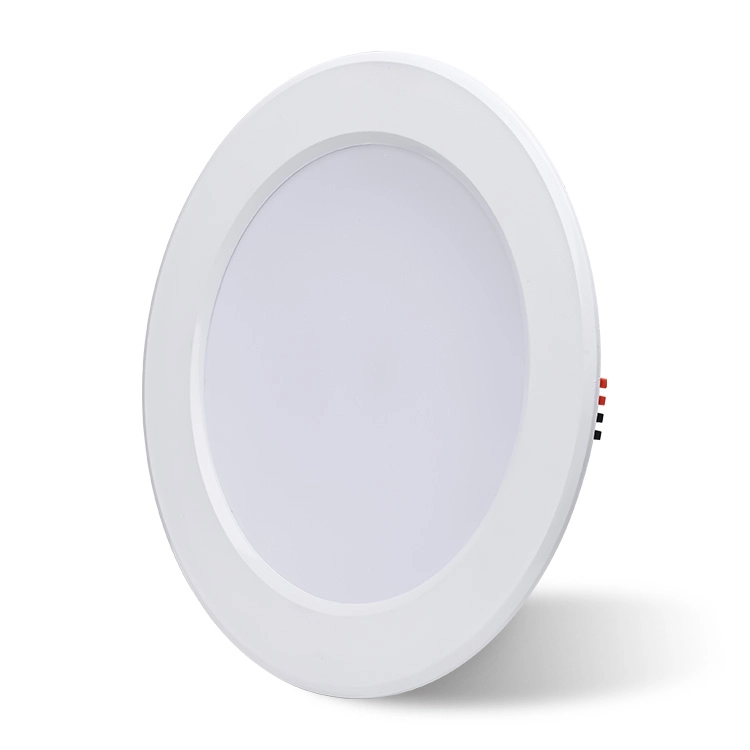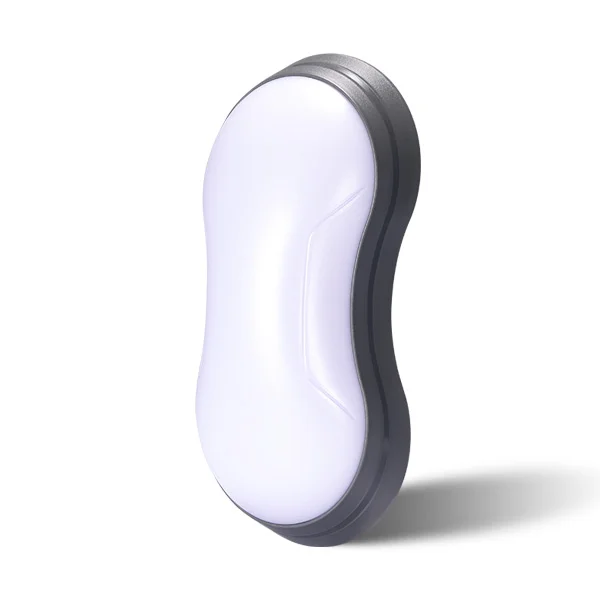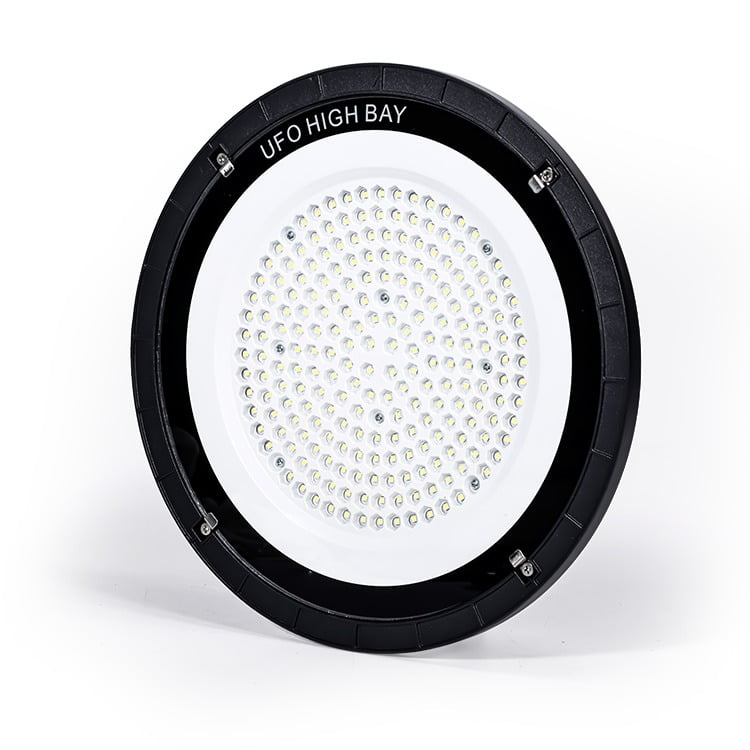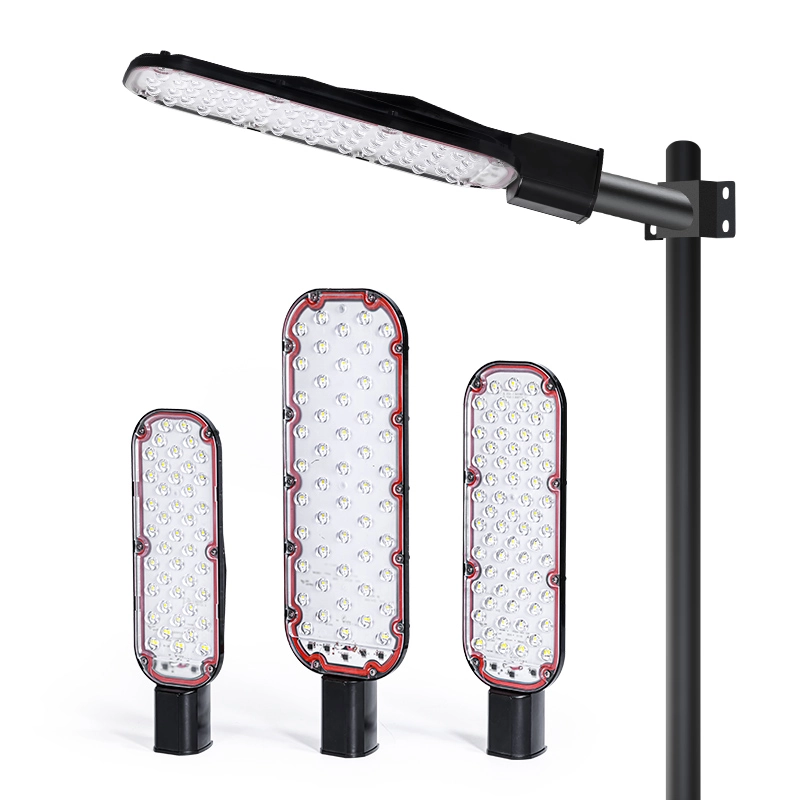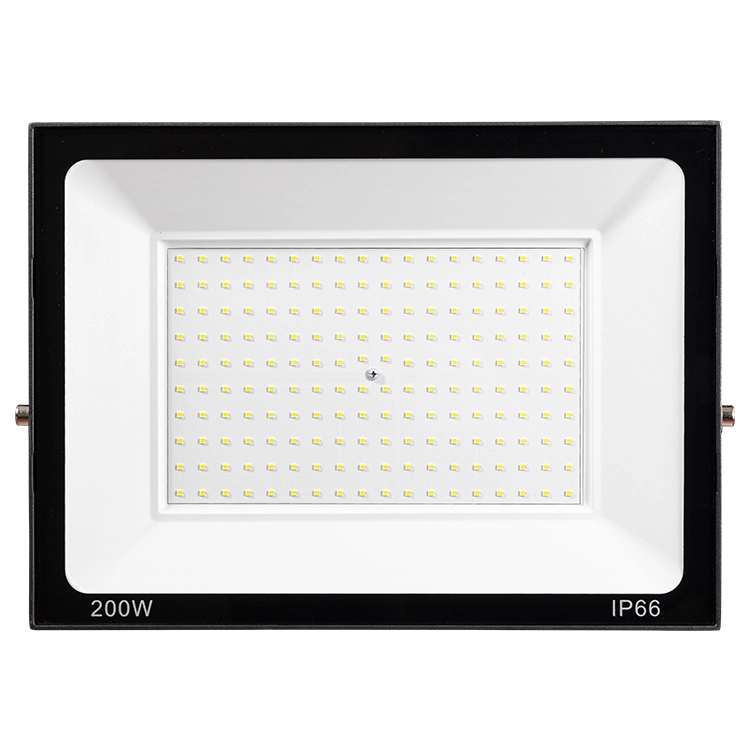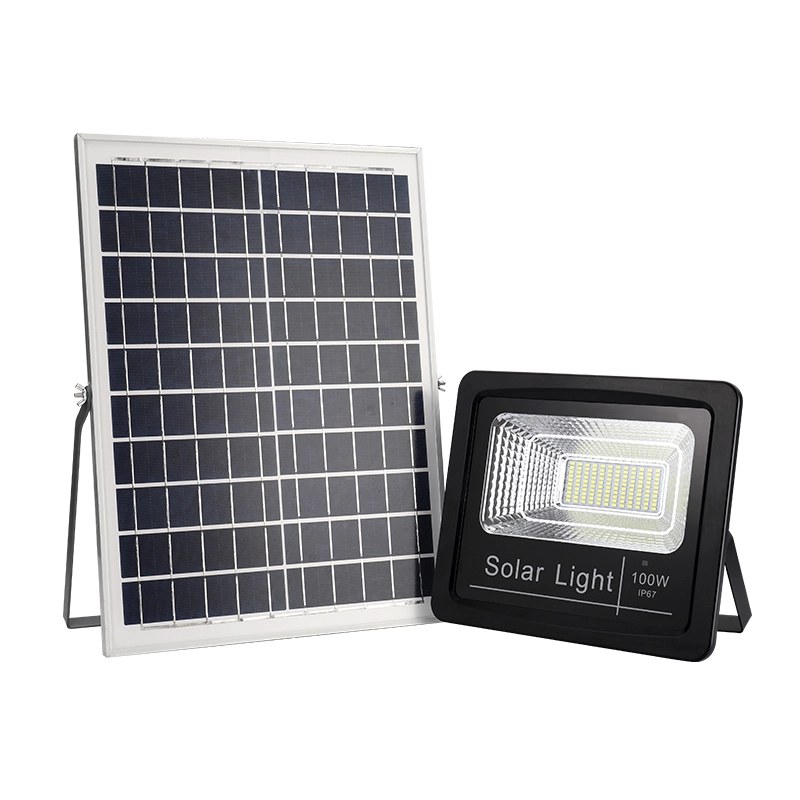1. Why Stage Lighting Terms Matter for Professionals
Iluminación de escenario is a technical field driven by precision, and that precision begins with language. When professionals communicate using consistent terminology, they reduce errors, save time, and create a safer, more efficient workflow. For example, mistaking a beam light for a wash light can completely change the atmosphere of a show. A beam delivers a narrow, high-intensity shaft of light, while a wash spreads soft illumination across the stage. This kind of confusion can lead to poor lighting design and expensive on-site corrections.
Furthermore, proper use of control terms like DMX addressing or channel allocation ensures compatibility between fixtures, consoles, and software. A missed address or incorrectly set universe can render dozens of fixtures unresponsive in a live performance. Fluency in this shared vocabulary is not just helpful—it’s essential for design teams, integrators, and production managers alike. Knowing lighting terms boosts credibility, improves supplier communication, and makes you a more effective contributor in any project.
2. Essential Stage Lighting Terms for Beginners
These core terms form the foundation of every lighting setup and product specification. Whether you’re choosing fixtures, designing a rig, or evaluating equipment, understanding these concepts is critical for making informed decisions.
Lúmenes
The total quantity of visible light emitted by a source. It determines overall brightness and is essential when comparing fixture output for stage coverage or spotlighting.
Lux
A unit that measures how much light reaches a surface (lumens per square meter). This is especially useful for understanding how lighting intensity affects different stage zones.
CRI (Índice de reproducción cromática)
A measurement from 0 to 100 that reflects how accurately a light source renders colors. Higher CRI (above 85) is preferred in theater and video to maintain true color representation on skin tones, costumes, and sets.
kélvin
A unit describing color temperature. Warm tones (around 2700K) offer a yellowish glow suitable for intimate scenes, while cool tones (above 5500K) provide a blue-white light used for daylight simulation or energetic performances.
Regulador de intensidad
A device or function that controls the intensity of light output. Smooth dimming is critical for cue-based shows, enabling fades and dynamic transitions in theatrical performances.
Artículos fijos
A general term for any lighting unit used in production—such as a PAR light, moving head, or LED panel. Recognizing fixture types helps coordinate gear selection with design goals.
Ángulo de haz
Describes the spread of light emitted by a fixture. Narrow angles (<20°) create focused beams ideal for concerts, while wide angles (40–60°) are better for general washes and ambient effects.
Potencia
Indicates power consumption of a light. While not a direct indicator of brightness, wattage helps determine energy efficiency and load requirements in a rigging plan.
Throw Distance
The space between the light fixture and the illuminated object or surface. Knowing the appropriate throw distance helps avoid over-lighting or dark spots in a performance area.
3. Types of Stage Lighting Fixtures Explained
Understanding different types of stage lighting fixtures is essential for designing effective lighting plots and selecting the right equipment for each scene. Each fixture serves a unique role in shaping mood, focus, and depth on stage. Below are the most commonly used fixtures in professional stage lighting setups.
Luz PAR
El PAR light (Parabolic Aluminized Reflector) is a staple in concert, theater, and architectural lighting. Known for its durable housing and intense, oval-shaped beam, a PAR light is ideal for static washes, backlighting, or color flooding. Modern LED PAR lights offer RGBW or RGBAW+UV color mixing and are frequently used for uplighting, truss warming, and mid-air color effects.
Fresnel Light

A fresnel light uses a distinctive ridged lens to produce a soft-edged beam with adjustable zoom. This fixture is widely used in theaters for general washes and front lighting, as it blends light smoothly across performers and scenery. Its ability to shape light gently without harsh edges makes it perfect for scenes requiring warmth and subtlety.
Haz de luz
El haz de luz is designed to emit a sharp, narrow beam with high intensity and long throw distance. This type of fixture is commonly used in live concerts, clubs, and large events to create aerial effects, punchy mid-air visuals, and dramatic movement. Beam lights often include gobos, prisms, and fast pan/tilt for high-impact effects.
Wash Light
A wash light provides broad, even coverage of soft light across a wide area. It’s essential for filling backgrounds, stage floors, or scenic elements with ambient color. LED wash lights often include motorized zoom and smooth color transitions, making them indispensable for theater, house of worship, and television studios.
Destacar

El spot light produces a focused, high-intensity beam, used to isolate subjects and direct audience attention. It is frequently employed in theatrical productions, keynote presentations, or live events where precise highlighting of individuals or objects is required. Many spotlights also support gobo projection and framing shutters.
Profile Light (Ellipsoidal)

Also known as an ellipsoidal reflector spotlight (ERS), a profile light delivers a hard-edged beam that can be precisely shaped using internal shutters and gobos. This fixture is perfect for theatrical drama, key lighting in studio setups, or architectural feature highlighting, where defined light cuts and sharp focus are needed.
Punto de seguimiento

A followspot is a manually operated spotlight designed to track a moving performer on stage. It provides consistent intensity and color temperature, often from a distance, and is a vital tool in theater, concerts, and live shows where dynamic performer focus is necessary.
Blinder
A blinder is a high-output light typically installed on truss lines and aimed toward the audience. It’s used to flash the crowd in rhythm with music or dramatic beats, creating momentary visual bursts and immersive crowd interaction. Often found in concerts and festivals, blinders use tungsten or LED lamps for high visibility.
4. Beam, Color, and Focus Control Terms
Precision control over beam shape, size, and color is vital in stage lighting. These terms refer to the tools and components that help lighting designers sculpt light exactly where and how it’s needed—enhancing storytelling, contrast, and scene transitions.
Gobo
A gobo is a metal or glass stencil inserted into a fixture (usually a profile light) to project patterns such as stars, logos, or textured effects onto surfaces. It’s a creative tool used to enhance atmosphere or deliver branding during theatrical performances, concerts, and corporate events.
Barn Door
Barn doors are adjustable metal flaps attached to the front of fixtures like PAR or fresnel lights. They allow manual control of beam spread, helping prevent light spill and maintain clean visual lines. Especially useful in stage side lighting or architectural applications.
Shutter
Shutters are internal blades in ellipsoidal/profile fixtures that cut and shape the beam with high precision. Lighting designers rely on them to create sharp edges around sets, limit light to actor zones, or mask out scenery. They’re standard in theaters and broadcast environments.
Iris
An iris is a mechanical diaphragm that adjusts the diameter of a fixture’s beam without changing its intensity. Commonly used in followspots and profile lights, it allows technicians to create narrow beam effects or tighten focus on performers.
Zoom
Zoom is a built-in function that adjusts the beam angle of a fixture—either manually or via DMX. Zoom makes it easy to adapt the coverage area without moving the light, ideal for flexible stage layouts or quick scene changes during live shows.
Enfocar
Focus refers to the adjustment of beam sharpness. A sharply focused beam has a clear edge, while soft focus produces a more blended effect. It’s a critical tool for controlling mood and drawing attention within a scene.
Color Gel
A color gel is a transparent plastic filter used in front of traditional tungsten fixtures to modify beam color. Though largely replaced by LED technology, gels are still used in legacy systems or when precise color tuning is required.
Mezcla de colores
Color mixing refers to combining primary LED colors—such as red, green, blue, and white—to produce a wide range of hues. Modern RGBW or RGBA fixtures allow designers to craft subtle gradients, color transitions, and special effects without physical gels.
Framing Shutters
Framing shutters are advanced beam-shaping tools inside professional profile fixtures. Each shutter can cut part of the beam, allowing you to create rectangular or custom light shapes. They’re ideal for tightly defined lighting areas in theater, galleries, or architecture.
5. DMX & Lighting Control System Terminology
Modern stage lighting relies on digital control protocols to synchronize intensity, movement, color, and effects across multiple fixtures. Understanding these core terms is essential for programming shows, addressing lights correctly, and building scalable, stable lighting systems.
DMX512
DMX512 (Digital Multiplex) is the standard protocol for controlling stage lighting and effects. It transmits data over a 3-pin or 5-pin cable, sending up to 512 control signals (channels) per universe. DMX is essential for dimming, color changes, pan/tilt control, and triggering effects in real time.
RDM
Remote Device Management (RDM) is an extension of DMX512 that allows two-way communication between controllers and fixtures. With RDM, technicians can monitor fixture status, change addresses, and diagnose problems remotely—saving time during setup and reducing downtime in large productions.
Universe
A universe in DMX refers to one block of 512 channels. As productions grow, multiple universes are often used to handle dozens or even hundreds of fixtures. Knowing how to assign and route universes correctly ensures consistent communication between devices.
Address
Each fixture connected to a DMX controller must have a unique starting address, determining which DMX channel it listens to. Proper addressing prevents conflicts, ensures control accuracy, and allows for organized programming of complex lighting rigs.
Channel
A DMX channel controls a specific parameter on a fixture, such as intensity, color, strobe speed, or tilt. A basic RGB light may use three channels, while a moving head fixture could require 16 or more. Understanding channel layouts is critical for smooth programming.
Controller
A lighting controller—whether hardware-based or software-driven—is the interface used to send DMX data to fixtures. Controllers range from simple faders to advanced consoles capable of handling multiple universes, cue stacks, pixel mapping, and MIDI integration.
Daisy Chain
Daisy chaining is the practice of connecting multiple fixtures in a sequence via DMX cables. While efficient for signal routing, it requires correct termination and cable discipline to prevent data loss or interference.
Termination
A DMX terminator is a 120-ohm resistor plugged into the final fixture in a DMX chain. It prevents signal reflections that can cause flickering or communication errors, especially in long or complex installations.
6. Light Programming & Effect Terms
Once fixtures are installed and addressed, programming brings the lighting design to life. These terms cover how cues, scenes, and effects are structured within a lighting console or software to control transitions, timing, and audience impact during live performances.
Cue
A cue is a programmed lighting event triggered at a specific time or moment in a show. Cues can change intensity, color, position, or effects and are typically stored in sequences. They’re the foundation of time-based lighting control in theater, concerts, and live broadcasts.
Scene
A scene is a predefined configuration of lighting states—such as fixture levels, positions, and colors—that together create a specific look. Scenes are often linked to cues and allow designers to store and recall complete visual compositions with a single trigger.
Chase
A chase is a dynamic effect in which lights turn on and off in a programmed sequence to simulate movement or rhythm. Commonly used in concerts and clubs, chases are ideal for creating energy, motion, and synchronized beats across multiple fixtures.
Strobe
A strobe effect rapidly flashes a light on and off at high frequency, often used to create intense, dramatic effects during music drops or action sequences. Some strobes offer variable speed, pulse width, and color strobing via DMX control.
Fade
Fade refers to the smooth transition of a light’s intensity from one level to another over a set duration. Fades are used extensively in cue transitions to soften changes or create emotional pacing in theater, dance, and corporate events.
Pan/Tilt
Pan and tilt are motorized movement functions of intelligent fixtures (e.g., moving heads). Pan controls horizontal rotation, while tilt controls vertical angle. These parameters are essential for aiming fixtures dynamically during live performances or programmed sequences.
FX Engine
An FX engine is a software module within lighting controllers that allows users to build complex effects like oscillations, random strobe patterns, or synchronized dimming waves. It saves time and adds consistency to large-scale programming.
Preset
Presets are stored values for fixture parameters—such as a color, position, or zoom level—that can be recalled across different scenes or cues. They enable faster programming and ensure design consistency across shows.
7. LED Color Mixing & Output Vocabulary
LED lighting has revolutionized the stage lighting industry by enabling dynamic color mixing, higher efficiency, and compact fixture designs. Understanding these key terms will help you evaluate fixture capabilities, program more expressive looks, and ensure your lighting setup meets the creative and technical needs of each show.
RGB
RGB stands for Red, Green, and Blue—the primary colors used in LED fixtures for color mixing. By adjusting the intensity of each diode, an RGB light can create a wide range of colors. It’s the foundation of most LED stage lighting systems and ideal for basic color washes and effects.
RGBW
RGBW adds a white LED diode to the RGB system, enabling cleaner whites and pastel shades that are hard to achieve with RGB alone. Fixtures with RGBW mixing are preferred in theaters and broadcast environments where accurate white tones are essential.
RGBA
RGBA includes an amber diode in place of or alongside white, allowing for warmer tones and richer skin tone rendering. This configuration is especially useful for film, TV, and performance venues that demand nuanced color reproduction under varying ambient conditions.
RGBWA+UV
RGBWA+UV adds both amber and ultraviolet diodes for an extended color spectrum. This system enables deep purples, glowing whites, and rich ambers, ideal for immersive environments like nightclubs, art installations, and advanced theatrical design.
Temperatura del color
Measured in Kelvin (K), color temperature describes the visual warmth or coolness of white light. Lower values (~2700K) appear warm and yellowish, while higher values (~6500K) appear cool and bluish. Accurate temperature control is critical for mood setting and skin tone presentation.
Bit Depth
Bit depth refers to the resolution of color control in an LED fixture, typically 8-bit or 16-bit. Higher bit depth provides smoother dimming and finer color transitions—critical in film, theater, and events with live video capture.
Output Lumen Rating
This rating specifies how much visible light the fixture emits. LED fixtures are more efficient than traditional lamps, delivering higher lumen-per-watt ratios. Output ratings help match fixtures to venue size and lighting design goals.
PWM Frequency
Pulse Width Modulation (PWM) frequency determines how fast LEDs cycle on and off to simulate dimming. Higher PWM frequencies (3000Hz+) are important in video production to avoid flicker and banding on camera.
Color Presets
Color presets are predefined mixes (e.g., deep red, sky blue, warm amber) stored in the fixture or controller. They allow for quick recall during live programming and ensure visual consistency across events and venues.
8. Certification and Safety Standards in Lighting
For any lighting fixture used in professional environments—especially in public venues like theaters, stadiums, or corporate stages—compliance with international safety standards is non-negotiable. These certifications not only ensure safe operation but also influence purchasing eligibility in many regions. Understanding these terms helps buyers make legally compliant, technically sound decisions.
UL
Underwriters Laboratories (UL) certification is a widely recognized safety standard in North America. A UL-listed lighting fixture has passed rigorous electrical, thermal, and fire safety testing. It’s often mandatory for installation in commercial venues, rental houses, and architectural projects.
CE
The CE mark is required for most products sold within the European Economic Area. It indicates that a fixture meets EU safety, health, and environmental protection directives. While not a performance benchmark, CE compliance is legally enforced and essential for B2B transactions in Europe.
RoHS
Restriction of Hazardous Substances (RoHS) compliance ensures that lighting equipment is free from hazardous materials like lead, mercury, and cadmium. RoHS is mandatory in the EU and adopted in many other regions. It supports eco-conscious purchasing and corporate sustainability standards.
Clasificación del IP
Ingress Protection (IP) ratings indicate how well a fixture is sealed against solids and liquids. For example, IP65 lights are dust-tight and water-resistant, making them suitable for outdoor stages or wet environments. Choosing the correct IP rating is crucial for safety and durability.
FCC
In the United States, the Federal Communications Commission (FCC) regulates electromagnetic interference (EMI). Fixtures with FCC Part 15 compliance do not interfere with wireless microphones, audio systems, or networked equipment—vital for live event reliability.
ISO 9001
This quality management certification ensures that a manufacturer follows internationally recognized production and documentation standards. While not fixture-specific, ISO 9001-certified suppliers are more likely to deliver consistent product quality and after-sales support.
ENEC
ENEC is a voluntary European mark for electrical equipment safety and performance. It builds on CE compliance and includes independent third-party testing, often seen as a higher bar for safety assurance in institutional and architectural applications.
CB Scheme
The IECEE CB Scheme enables international certification harmonization. A fixture with CB approval can more easily obtain local certifications in multiple countries, helping suppliers expand into global markets with reduced testing duplication.
9. Commonly Misunderstood Stage Lighting Terms
Even seasoned professionals can sometimes misuse lighting terminology, leading to confusion in design meetings, technical planning, or equipment procurement. This section highlights some of the most frequently misinterpreted terms in the stage lighting world—and what they actually mean.
Beam vs Wash
Many confuse luces de haz y lavar luces, yet they serve opposite functions. A beam light creates a sharp, narrow shaft of light with long throw, typically used in concerts or aerial effects. A wash light, by contrast, provides soft, wide coverage to fill backgrounds or illuminate large areas evenly. Using the wrong one alters the entire mood and clarity of a scene.
Scene vs Cue
A scene is a stored lighting look—a snapshot of fixture states like color and position. A cue is the instruction to trigger that scene during a performance. Designers often use scenes to build visual states and cues to structure the timing and sequence of a show.
Strobe vs Chase
A strobe produces rapid, rhythmic flashes from a single fixture, creating high-intensity impact. A chase, however, is a sequence of lights turning on and off across multiple fixtures, simulating movement or rhythm. Confusing the two can result in ineffective programming or mismatched visual expectations.
Color Temperature vs Color Mixing
Temperatura del color refers to the white light’s visual warmth or coolness (measured in Kelvin), while color mixing involves blending RGB, RGBW, or other LEDs to generate hues. Assuming one replaces the other may lead to inaccurate color rendering or design mismatches.
Address vs Channel
A DMX address is the fixture’s assigned start point in the control universe. A channel is each controllable attribute (intensity, pan, color, etc.). A fixture starting at address 1 and using 10 channels occupies addresses 1–10. Mixing up the two can lead to overlapping signals and programming failures.
Flood vs Spot
A flood light delivers broad, low-intensity illumination over a wide area, ideal for general washes or scenic fill. A spot light focuses a narrow, high-intensity beam on a specific target. Mislabeling them may result in overexposed or underlit subjects on stage.
Hard Edge vs Soft Edge
A hard-edge beam has a clearly defined boundary, often from a profile or ellipsoidal light—used for projection or tight framing. A soft-edge beam, such as from a fresnel or wash, blends gradually and is preferred for general lighting or mood creation.
11. FAQ About Stage Lighting Terms
What are the most common stage lighting terms I should know?
Some of the most essential lighting terms include DMX512, PAR light, beam light, wash light, CRI, Kelvin, and pan/tilt. These terms cover the basics of control protocols, fixture types, color accuracy, and fixture movement, forming the foundation of professional lighting vocabulary.
What’s the difference between beam and wash lights?
A beam light emits a tight, focused shaft of light with strong intensity and long throw—great for concerts and mid-air effects. A wash light spreads a soft, wide beam, used for filling stage areas and setting ambient color without sharp edges.
What does DMX mean in lighting?
DMX512 is a digital communication protocol used to control lighting fixtures and effects. Each DMX universe supports 512 channels, allowing precise control over dimming, color, movement, and strobe effects in complex lighting setups.
Why is CRI important in stage lighting?
CRI (Color Rendering Index) measures how accurately a light source renders colors. A high CRI ensures that costumes, sets, and skin tones look natural on stage or camera, which is crucial in theater, film, and live events.
What is RGBW in LED lighting?
RGBW stands for Red, Green, Blue, and White diodes. Compared to RGB-only systems, RGBW fixtures offer improved white light quality and more accurate pastel shades, making them ideal for theatrical and architectural lighting.
12. Final Thoughts & Get the Full Glossary Now
Lighting professionals speak a language all their own—and knowing that language is what sets apart a good technician from a great one. Whether you’re selecting fixtures, programming cues, or communicating with designers and suppliers, fluency in stage lighting terms enhances your credibility and effectiveness.
This glossary is more than a list of definitions. It’s a toolkit for decision-making, collaboration, and precision. From fixture types to control protocols, every term here reflects real-world applications and industry standards. We encourage you to bookmark this page, revisit it when evaluating gear, and share it with your team as a reference point for consistent, professional communication.
Ready to deepen your technical edge? Keep this glossary close—because in stage lighting, clarity is power.


